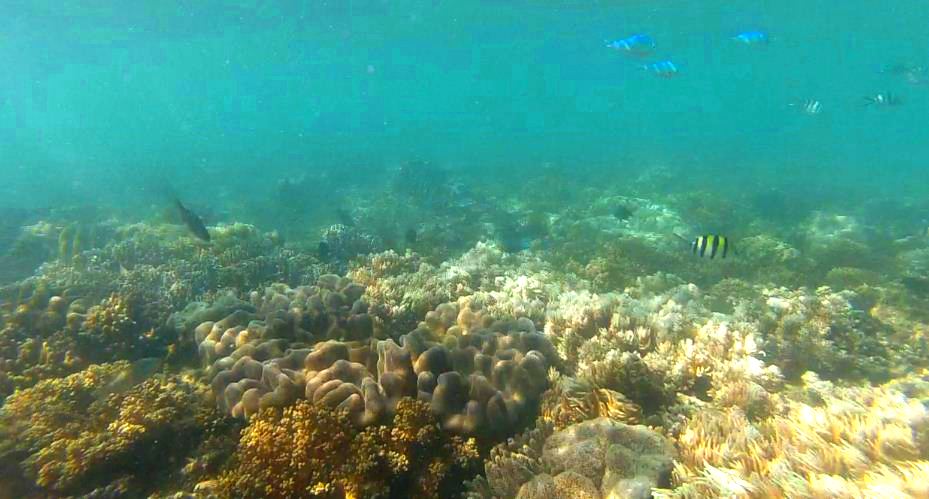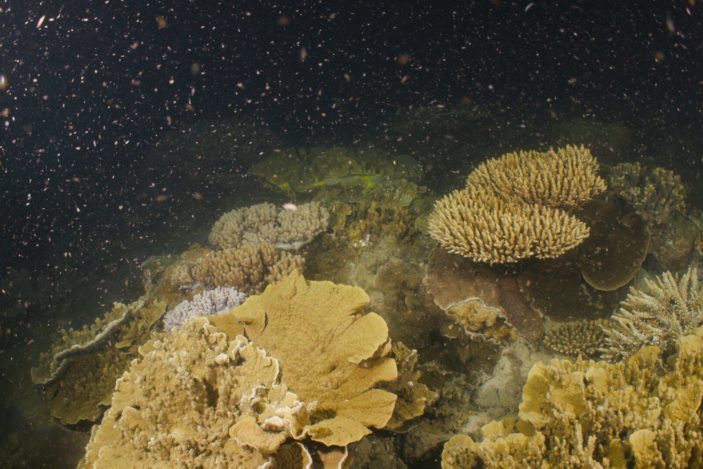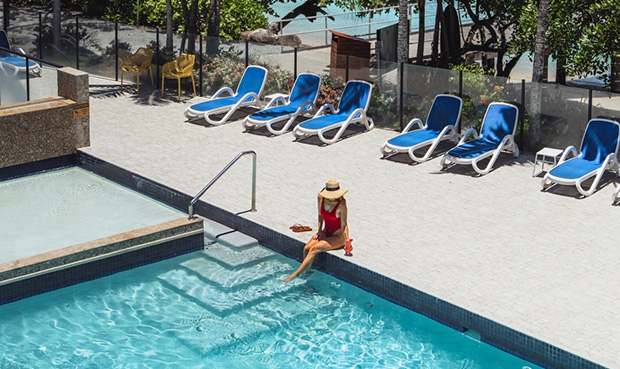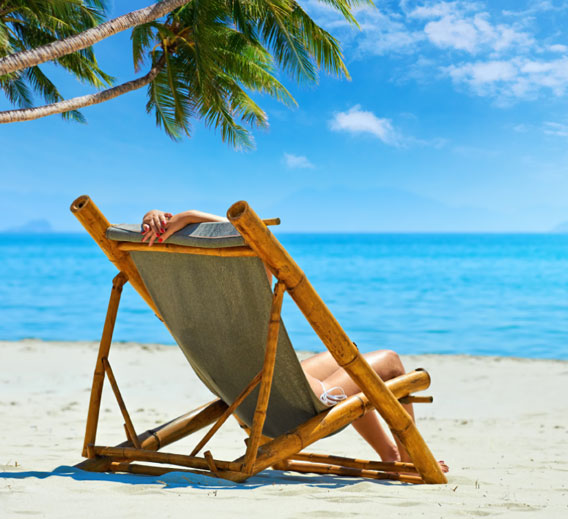While the Great Barrier Reef puts on a marvellous display all day, every day, there is a particularly special event that occurs in the last few months of the year.
Sometime between October and December each year, coral spawning occurs. This is arguably the Reef’s most important event, but it’s also a natural and highly mysterious event.
Much of the news we hear about the Reef is that it is endangered, largely due to human actions. These actions are both direct and indirect, some of these actions which can cause the demise of coral reefs include unethical fishing practices and creating pollution. The rising temperatures of the oceans that have been caused by human actions have also made the reef highly vulnerable.
However, the coral spawning of the Great Barrier Reef shows that it’s not all doom and gloom for the future of the Reef. Rather, coral spawning shows that the Reef is resilient and continues to regenerate.
Keep reading to learn more about coral spawning, including why it matters, when it happens and how you could see it for yourself.
What is Coral Spawning?
In the simplest of terms, coral spawning is the Reef having sex to reproduce to create more corals.
Coral spawning happens annually, with the coral polyps spending the months following the previous coral spawning, growing egg and sperm bundles. During the coral spawning event, these egg and sperm bundles are released by the corals, in an eruption that tends to last between 20 to 30 minutes.
The egg and sperm bundles are released into the ocean for external fertilisation by millions, if not billions, of coral polyps – with the ocean resembling a real-life snow globe during this time.
The egg and sperm bundles rise to the water’s surface, where they appear like a pinkish coloured slick on top of the water. They then work hard to find a compatible bundle – an egg looks for a sperm and a sperm looks for an egg. They produce coral larvae which take around 10 days to fully mature.
Once the coral larvae are matured, they will swim around looking for a suitable place to settle back on a coral reef. The coral larvae might search for up to two months to find the ideal place to settle. It needs a place where it will have plenty of sunlight and it is free from sediment and algae.
Unfortunately, not all of the egg and sperm bundles will find a match. They must find an egg or sperm bundle from the same coral species to be able to fertilise. Those that do find a match and form coral larvae are not guaranteed to survive, they could be eaten by other marine creatures before they find a place to settle.
If the coral larvae are lucky enough to find an ideal place to settle back in the reef, they will get to work on rebuilding the reef, by transforming into a coral polyp and replicating itself to build a coral colony.
Why does coral spawning matter?
It might already be quite apparent, but coral spawning is extremely important for the long-term survival and sustainability of the Great Barrier Reef (and other coral reefs around the world).
Coral spawning means that nature is working hard to improve the lifespan and future of the reef, and we don’t have to rely on human interaction to work on the regeneration of the reef.
The Reef itself is not only one of the world’s most well-known and loved tourist attractions, but it also plays a crucial role to the survival of humans and other creatures. Some of the reasons we need the reef include:
- It’s a source of a lot of scientific research and information, including finding treatments and cures for serious illnesses.
- The fishing industry relies on them. Coral reefs protect marine creatures, including fish, and without them there would not be a habitat for much of the world’s fish, which would make the fishing industry collapse.
- They protect the coast and shorelines. Coral reefs help to reduce the effects of waves and extreme weather, by tempering their strength and reducing the battering the coastline would cop without them.
- Much of the world’s marine life would lose their home. The reefs only cover a small proportion of the ocean; however, they are home to a large percentage of the discovered marine life. It’s estimated that throughout the world, less than 1% of the ocean is covered with reefs, yet around 25% of the ocean’s marine life lives in the reefs.
- There could be less oxygen. At least 50% of the world’s oxygen is produced by the ocean, which for the ocean to be healthy, it relies on the various ecosystems within it, including coral reefs.
The en masse event of coral spawning is particularly important because, as we mentioned earlier, for a coral larvae to be produced, an egg and sperm bundle from the same species must find each other. The chance of this occurring is significantly heightened when many of these egg and sperm bundles are released at the same time.
The mass event also allows for human intervention too, where marine scientists can actually collect the newly fertilised coral larvae and move them to areas of the reef where it has deteriorated (potentially through coral bleaching), to encourage regeneration in these areas.

When and how often does coral spawning happen?
This, along with what exactly triggers the coral spawning event, is what makes coral spawning so mysterious.
It’s not possible to predict exactly when coral spawning will happen, but it is possible to predict the time frame it is likely to occur during. The time frame is able to be predicted, because even though it is unknown what exactly causes the coral spawning, there are a variety of factors that – it’s not possible to predict exactly when it is going to happen.
Coral spawning only happens once a year, and it can take anywhere from one night to several nights. It only happens at night, as this is when plankton feeders are sleeping, and it gives the eggs the best chance of survival.
While it’s not possible to predict exactly when coral spawning will take place, it is possible to predict a time frame due to the various factors that help to stimulate coral spawning.
These are some of the ways marine scientists can predict when coral spawning is likely to take place:
- The ocean temperatures must be 26 degrees Celsius or above for the month before. This helps the eggs to mature.
- The conditions of the seas will be calmer.
- It follows after the full moon in November – usually between two to six days after.
Some other factors that will affect when it happens include where the reef is, inner reefs and islands tend to happen before the outer reefs.
Sometimes the corals in an area release all at the same time, while other times, certain coral species will release before others, almost in waves of release. This is thought to occur to give the egg and sperm bundles of each species a better chance of finding one another.
The signs that coral spawning is about to take place usually only make themselves known around 20 to 30 minutes before it actually happens.
One of the main reasons the exact triggers of coral spawning are unknown is because research is still somewhat in its infancy. This is because the coral spawning event was only first discovered in 1981, by scientists from James Cook University in Townsville. Research has effectively been ongoing since the discovery of this natural phenomenon.
Can you see it happen?
Yes! It’s possible to witness the event in person.
The best way to do this is by heading out on a diving tour. There are many operators of these diving tours throughout Tropical North Queensland, including plenty of options in Cairns.
The trips are at night-time, and you will need to book ahead as many people want to witness this incredible event.
Though due to the difficult nature of being able to predict when it occurs, you may not see it actually happen. The best chances may involve a multi-night tour option.
When is coral spawning of the Great Barrier Reef happening in 2022?
The coral spawning events for the Great Barrier Reef are estimated to occur between 11th – 15th of November and the 11th -15th of December.
Visit the Great Barrier Reef from Fitzroy Island
If you’ve ever wanted to visit the amazing Great Barrier Reef, then a trip to Fitzroy Island might just be for you.
This beautiful island is located in the waters of the Coral Sea – the same ones that house the Great Barrier Reef – and we’re only a short 45-minute ferry ride from Cairns on the mainland of Australia.
We also have coral gardens literally only metres from our shores, as well as various water-based activities, tours, and experiences available for you to discover the Reef.
See the Great Barrier Reef at Fitzroy Island today and if you want to learn more about the Reef, you can check out these incredible facts here.





